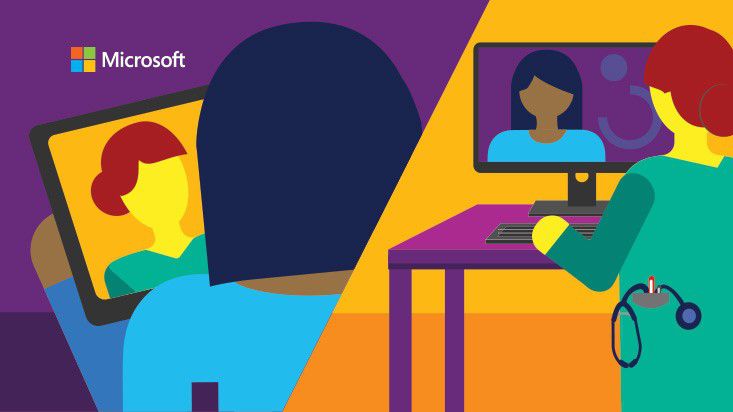Demand for home care is on the rise, part 1

The demand for home healthcare is steadily climbing. An aging population, the increasing incidence of chronic disease, and the drive to keep people healthier and out of the hospital are among the many reasons for this increasing demand.
Many times it’s more desirable and convenient for elderly and chronic disease patients to receive care in the comfort of their own home than by traveling to a clinic or hospital. And at-home care can also help prevent hospital readmissions-which not only helps rein in healthcare costs, it’s also better for patients. According to a study conducted by Avalere Health, patients with diabetes, chronic obstructive pulmonary disease, or congestive heart failure who received home healthcare had an estimated 20,426 fewer hospital readmissions than did patients with the same conditions who received other post-acute services.
So it’s exciting to see that today’s innovative technologies are better than ever at supporting home care nurses and enable them to improve care for their patients. For example, there are now a number of Windows tablets that are durable and can be sanitized, so they work well in a variety of patient environments and on the road. What’s more, because these tablets provide an enterprise-class operating system, nurses on-the-go can use the full functionality of clinical applications and communications tools from anywhere. That means they can easily look up and document patient information as well as collaborate with other care team members while in a patient’s home, and coordinate the best possible care for their patients.
Plus, today’s mobile and cloud solutions provide no-compromise security features to help protect sensitive patient and health organization data. You can read more about the progress of mobile solutions in Neil Jordan’s blog from yesterday and check out news about the advancement of cloud security in the recent Healthcare IT News article, “Microsoft makes ‘milestone’ move to first-ever ISO cloud standard.”
Now that tablets are so good at meeting mobile nurses and health professionals’ needs, home care organizations are increasingly taking advantage of them. In a State of the Home Care and Hospice Industry Study, 56.7 percent of home health agencies said they plan to purchase tablets-up from the 27.3 percent current usage.
In my next blog, I’ll share some real-world examples of how today’s mobile devices are empowering nurses to provide high-quality, personalized, collaborative care to people in their own homes. So check back here in a couple of weeks for Part 2. And in the meantime, please let us know if you have any questions or feedback on this topic. You can drop us a line via email or on Facebook, or Twitter.




